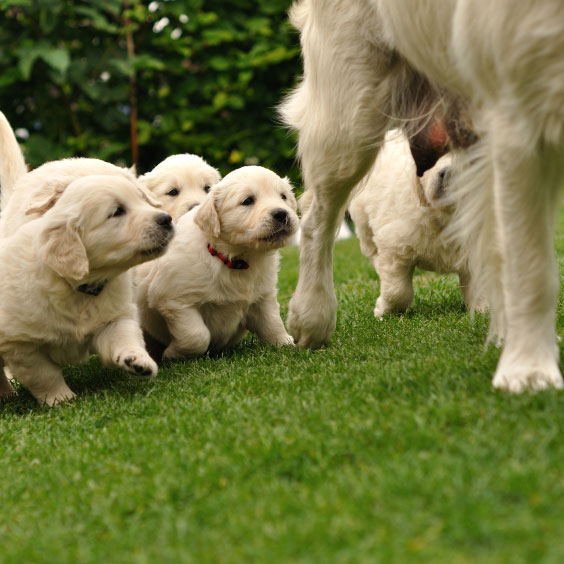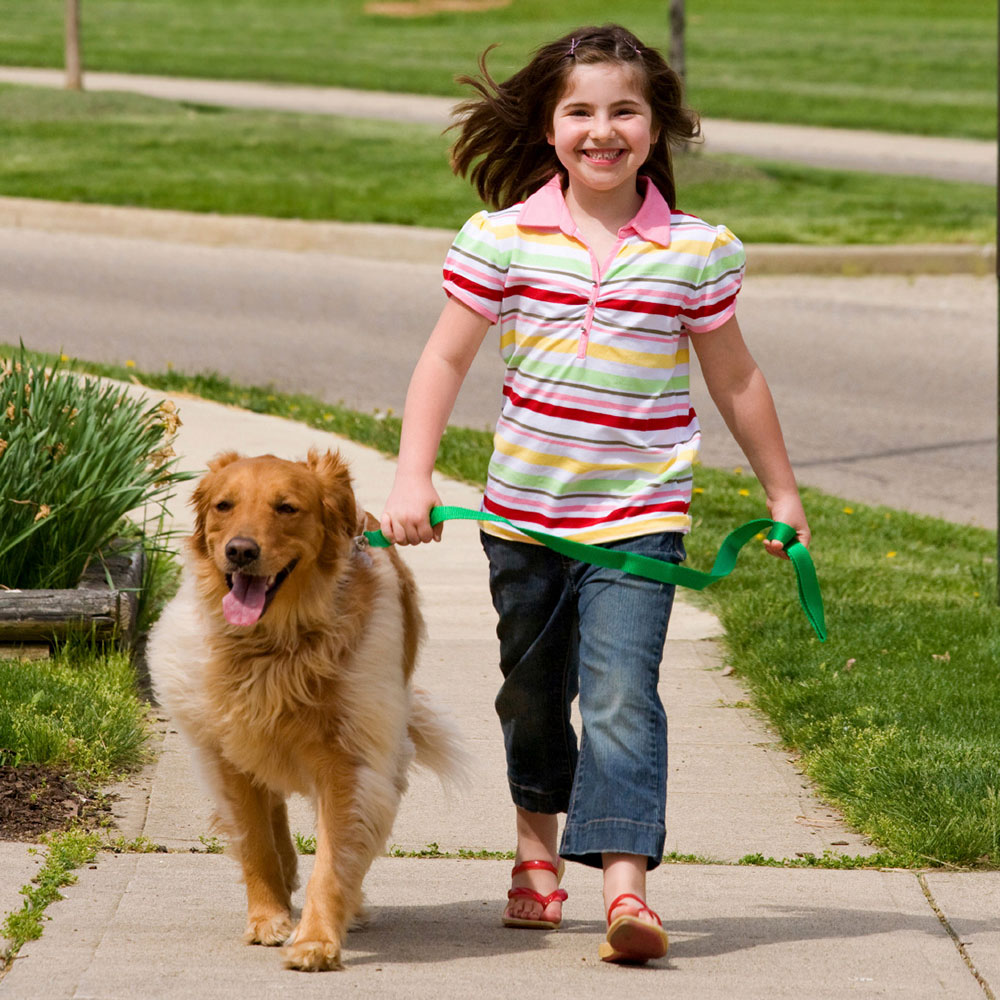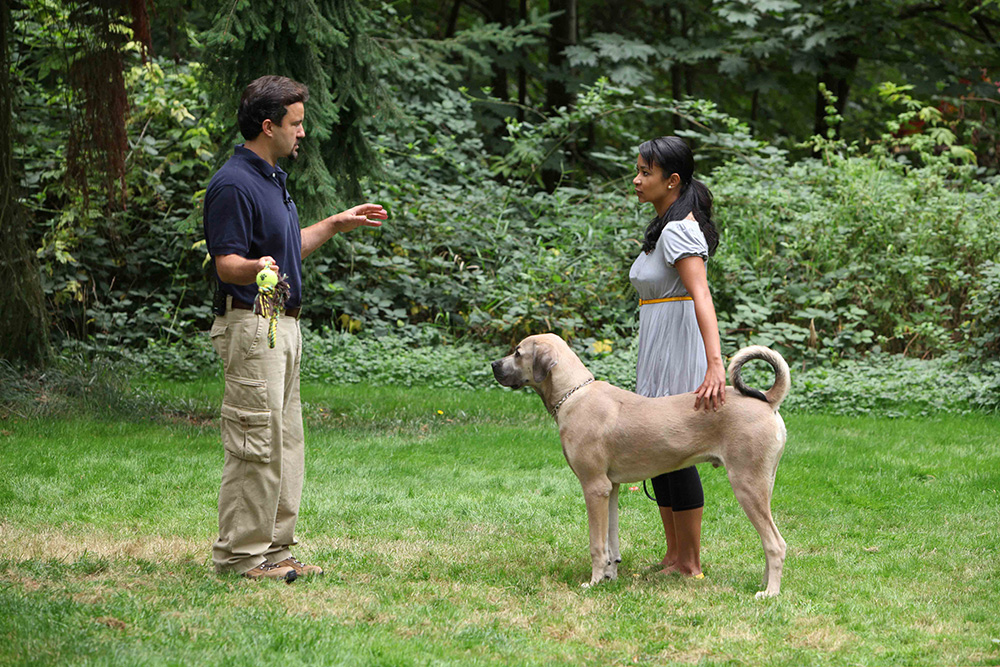At Seattle Family Dog Training we use a relationship-based method that taps into the “pack” hierarchical instinct that all dogs have. For long-term effects on your dog’s behavior you first have to convince your dog of their “job description”. They need to believe that you are the leader and they are the follower. In our program, we don’t use food or toys as primary training tools. Instead, we use verbal and physical praise to acknowledge appropriate behavior and we use a leash and collar to direct the dog and we provide a quick light pop on the collar to identify and correct inappropriate behavior.
The reason we don’t use food and toys as primary training tools, for dogs over 7 months old, to artificially reward our dogs is because we want to train our dogs in the way that they train each other into the rules of the “pack”. Dogs don’t flip food treats to one another to train new pack members or even playmates; instead, they interact socially, using vocalization, body language, and physical contact to approve of appropriate behavior and to disapprove of inappropriate behavior. Our method uses techniques that draw on the social interaction that dogs naturally use with one another. There’s no need to be concerned though, we won’t have you growling at your dog or trying to grab them by the scruff of the neck with your teeth. While we’re trying, as much as we can, to tap into the communications styles that dogs use with one another, we also understand that we simply don’t have the speed, quickness or power to interact with dogs exactly as they do. Instead, we try to interact in ways that approximate the broader ideas of a dog’s natural communication style.



